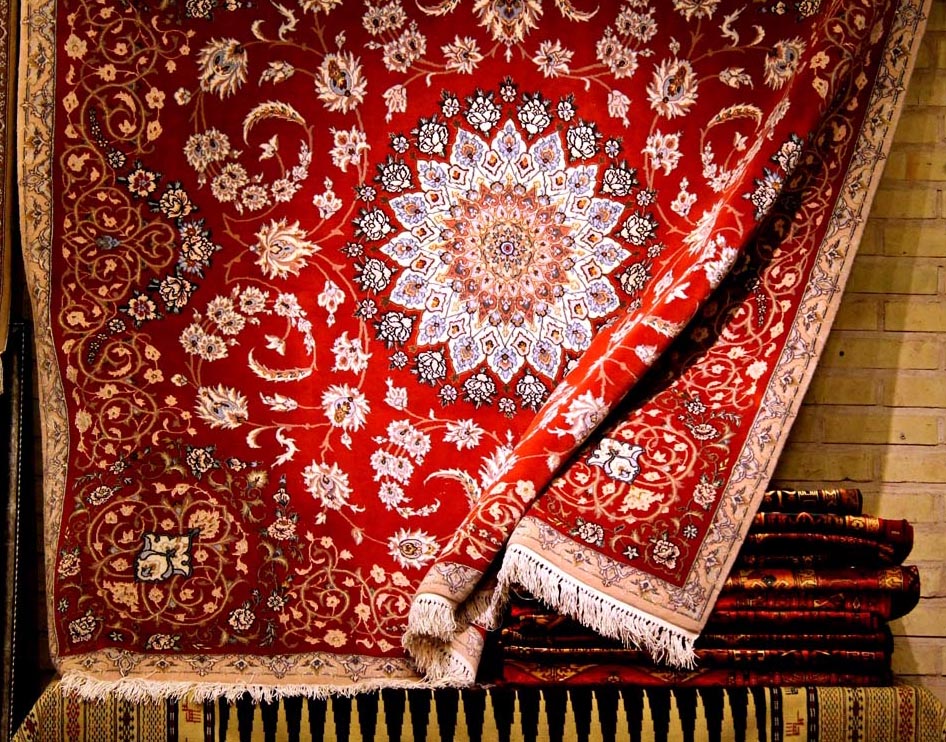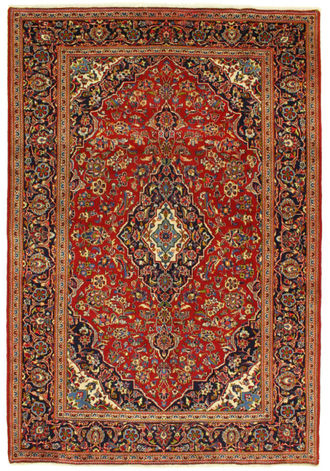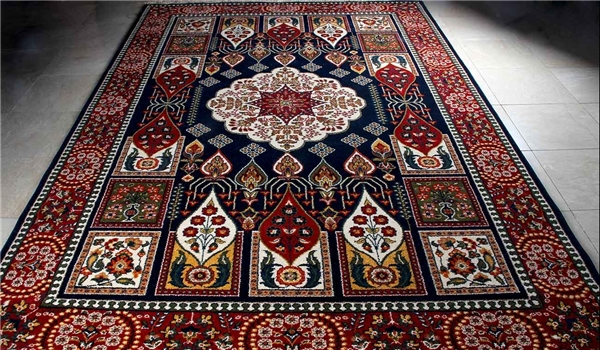
Factors that apply to the carpet after the tissue is finished
A carpet stays on for a long time due to its size and size, during which time the dust or possible damage to the carpet enters, so check it out when the texture is finished and observe the hole or Possible strokes erase it. A carpet after the weaving process follows.
1 – Wash
2 – Payment
3 – Darkness
Washing the carpet will make the original carpet colors shine and appear. To do this, first dust the carpet and then inspect it precisely and remove any possible scratches and then wash. The following things are important when washing a carpet:
– Slab on flat surface on mosaic floor and cement.
– Do not use liquids or detergents with an alkali content.
– Do not hit the carpet during or after washing to get the carpet.
– Avoid hanging carpets for drying. The rug can be dried on a flat surface to dry.
– Avoid direct sunlight.
– Can be used anti-willow and softener soluble liquid detergent.
2 – Payment
This is the most basic stage of carpet work, which requires a certain degree of sophistication, and only experienced and skilled people can handle it, since the slightest error and inconvenience, inadequate polishing, can cause irreparable damage to the carpet. Some weavers shorten the rug after each rug with a scissors, but the general method is to give the rug to people who are skilled in the profession. To do this, the carpet is sent to the workshop after finishing the fabric and there with the polishing machine. This is done according to the carpet count and the length of the lint. Obviously, the higher the carpet count, the finer the carpet is and the shorter the lint length.
3- Draghi:
When they remove the rug from the hanger, after examining it and removing the dust, they examine it by removing it by dropping it. Of course, if the rug is not too large and there is enough to fix it. This is how the carpet is brought to the workshop by observing the carpet, which has wooden flooring. First determine the actual size of the rug on its own specified board. Then the carpet is inserted into the box, which then determines which part of the carpet has a curtain that determines its tilt value. Then the four corners of the rug are fastened to the boards by nails.
The smooth, flawless sides of the rug are fastened to the boards. The smooth, flawless sides of the carpet cling to the board and the carpet slides out after a bit of milling, so that the tension should not be enough to break the bars. The carpet stays on for several hours until its tilt disappears. This may be repeated several times, and the carpet portion will usually remain in the pile for up to 48 hours each time. After this, the carpet remains in the nailed state to dry completely. It is necessary to explain that the higher the carpet count and the higher the delicacy, the harder it is to remove the drug.


